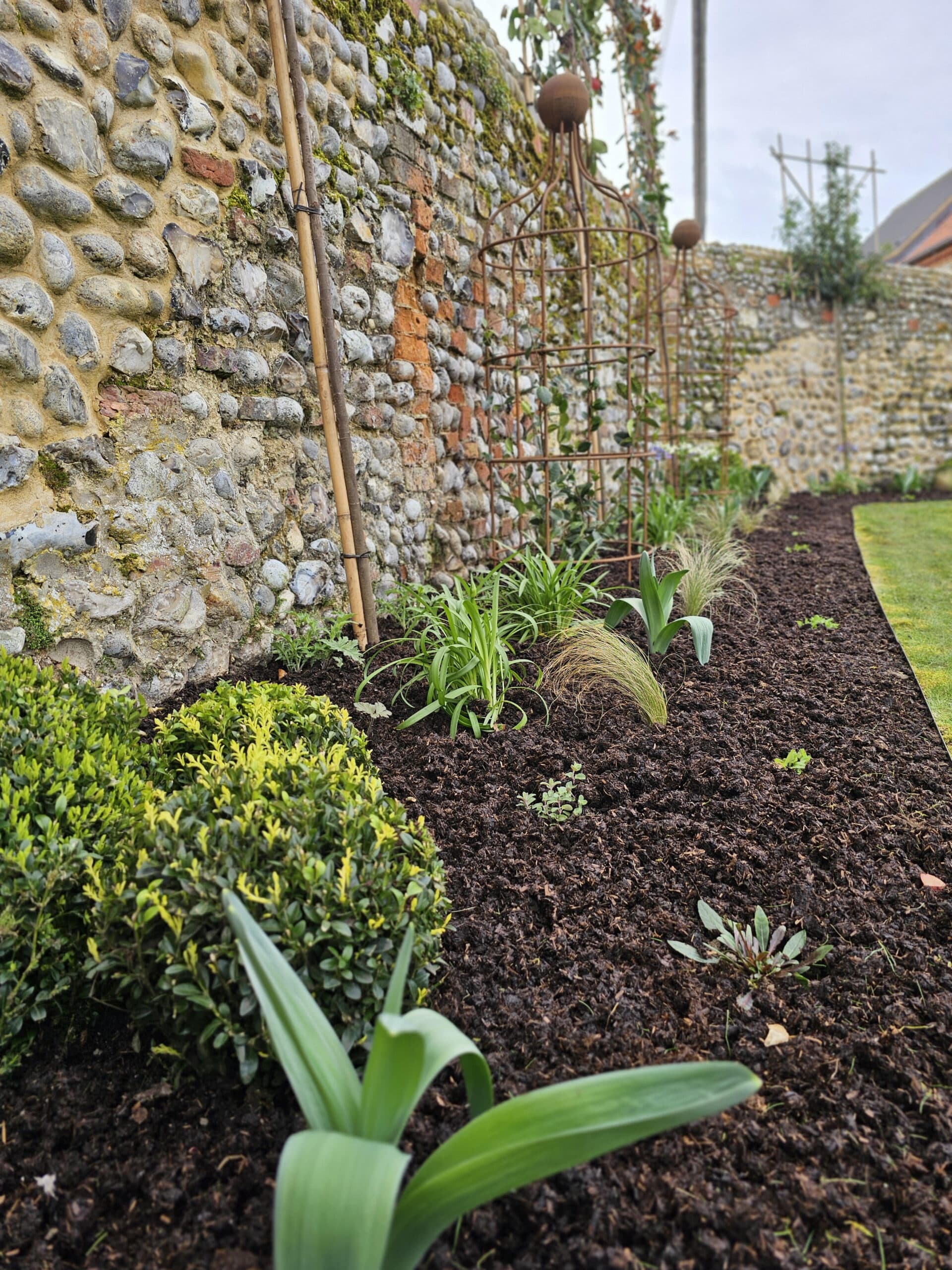
What are the benefits of Mulching in Autumn?
Mulching or topdressing is needed for a number of reasons as it is beneficial for your plants, the soil and the environment. Having organic material
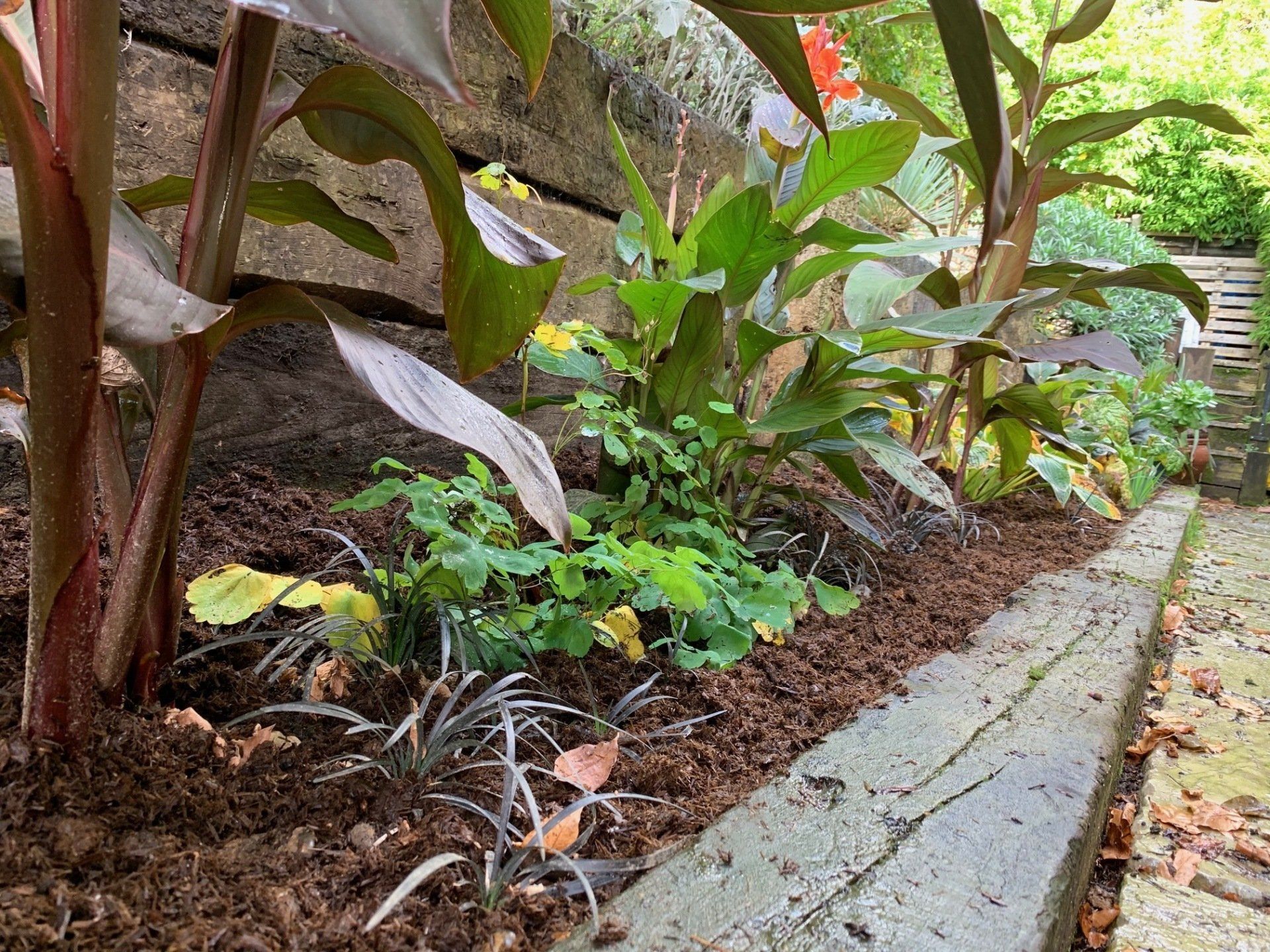
What is Compost?
Compost is the name given to decomposed organic matter which, through a process of natural re-cycling, results in a commodity that is rich in the fundamental nutrients for maintaining the essential microbial flora and fauna within soil that ultimately promotes and enables healthy plant growth.
Compost added to soil, ensures that an otherwise inert substrate can sustain the vital food webs that together, maintain and condition the subterranean environment for plant roots to function effectively. Roots that feed the surface plant life that all terrestrial life depends on.
How does Compost work?
Besides providing a vital supply of the micro and macro nutrients that plants require for essential growth, compost creates the perfect environment for vast numbers of soil organisms to thrive within, including the important microbes (bacteria and fungi), some of which form symbiotic relationships with plant roots. The Mycorrhizal fungi for example, improve the effectiveness of root hairs in acquiring water and soluble nutrients, ensuring that the plants are healthy and more likely to overcome problems associated with pests and diseases. Macro organisms, such as the earthworms that feed within the compost, improve the structure of soil by aerating it and improving drainage and root penetration.
Why should compost be used where plants are cultivated?
In uncultivated environments such as woods and grasslands, the process of composting goes on as a natural process, where fallen leaves and other dead organic matter is naturally broken down by the soil organisms and re-cycled back to the plants and the trees. However, in cultivated areas, which includes the majority of home gardens, a cycle of successive new plantings usually occurs, and the old, dead plant material is not usually left to decompose naturally. The soil is therefore constantly being depleted of organic matter and associated nutrients and if healthy plant growth is to be sustained, the organic matter and nutrients need to be replenished, either by adding compost into the soil for new plantings or by mulching the established flowerbeds and borders. For this purpose, many different composts are now commercially available, but these vary considerably in their composition, their performance and their impact on the environment.
What are the different types of compost?
When plants are grown and maintained in pots and containers, a compost is often used on its own, rather than as an additive to soil, and for this horticultural use, a range of different composts exist. Some have been formulated for particular stages of a plant’s growth, such as the fine structured composts that are low in nutrients and are used for germinating seeds. Others have a more fibrous structure and are used for planting-on purposes, whilst others cater for plants with different pH requirements, as well as those that are seasonally maintained in pots and containers requiring specific and regular feeding regimes.
But for the general use of composts, either as growing mediums or for soil enhancement, there are basically five different types:
1. The Peat-based composts – Despite the primary component of these composts being peat, many different formulations and blends are available. These have been designed for different uses and can contain additives such as slow-release fertilisers, wetting agents, pH stabilisers, many of which might have been synthetically produced and therefore not suitable for organic growing. Peat is also obtained by removing it from natural peatlands which are valuable havens for wildlife and therefore its removal has an environmental impact.
2. The Peat-free composts – These composts use natural alternatives to peat as their base component and aim to provide a similar growing medium to the peat-based composts. The alternatives can be coir, wood fibre, or re-cycled composted green waste. Additives are also used in these composts, which could include synthetic fertilisers. Maintaining consistency between batches is also difficult with re-cycled green waste.
3. Loam-based composts – These composts contain soil as their base component. Additives such as peat, sand and grit can then be used to provide a blend which may be enhanced with fertilisers, wetting agents and other types of synthetic compounds. Different blends are available for different growing purposes.
4. Organic composts – These composts are solely derived from natural sources. Some of these utilise the depleting natural peat reserves, whilst others use composted bark and wood fibres as their base component. Natural additives from either animal or plant waste provide the nutrients for plants.
However, a new era of organic composts, derived totally from plants and providing all the vital natural ingredients that are essential for healthy plant growth, has recently been pioneered and perfected by PlantGrow. A Norfolk based company, PlantGrow has developed and utilises an anaerobic digestion process that releases the nutrients that are held within harvested plants and generates high quality natural compost for incorporating in to the soil and feeding plants.
5. Multi-purpose composts – Are blends of other composts and encompass all the different aspects that define the other compost types.

Mulching or topdressing is needed for a number of reasons as it is beneficial for your plants, the soil and the environment. Having organic material
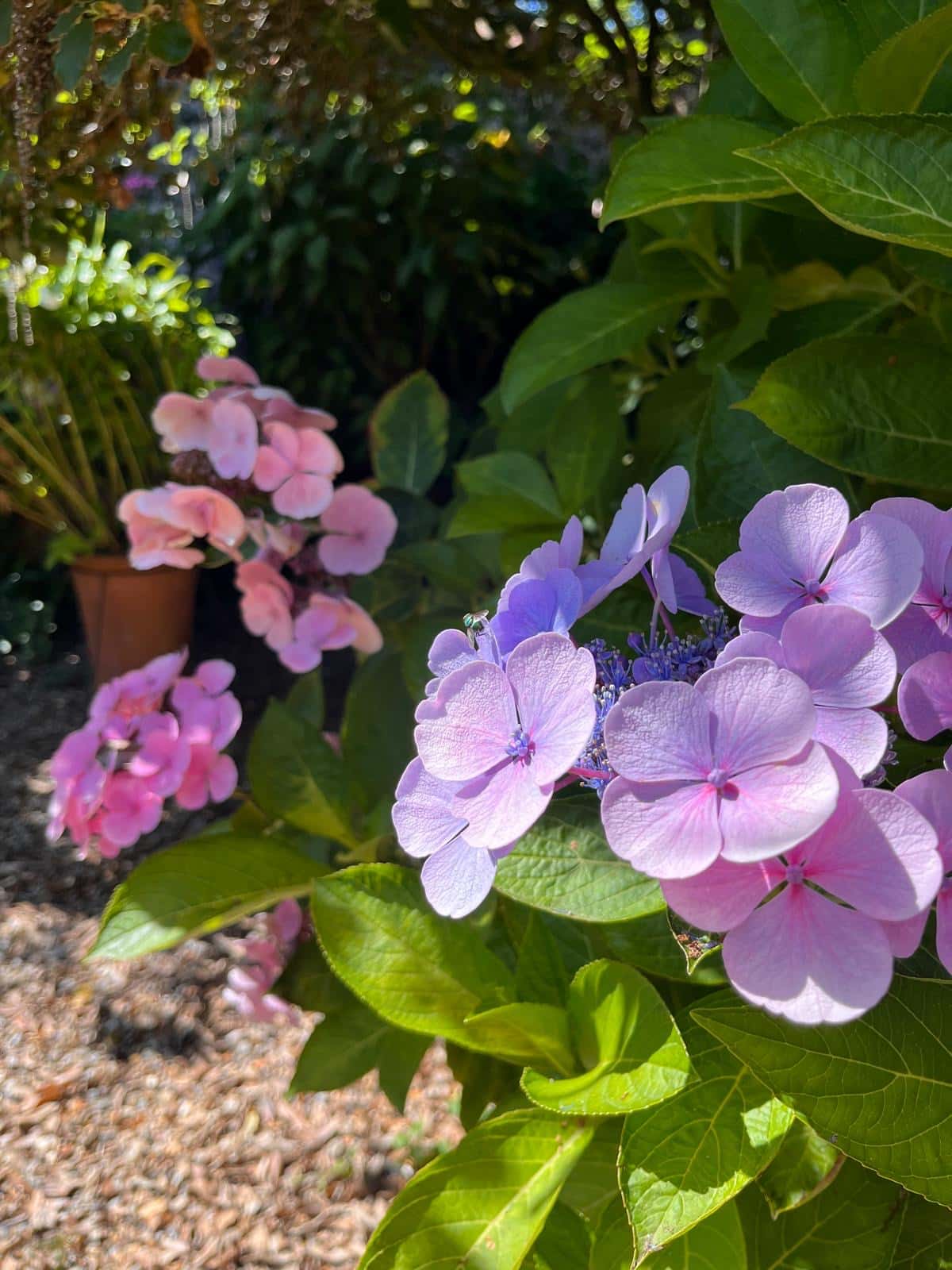
When Spring arrives, our home gardens begin to come alive again as the bleak months of winter end, temperatures rise and the hours of daylight
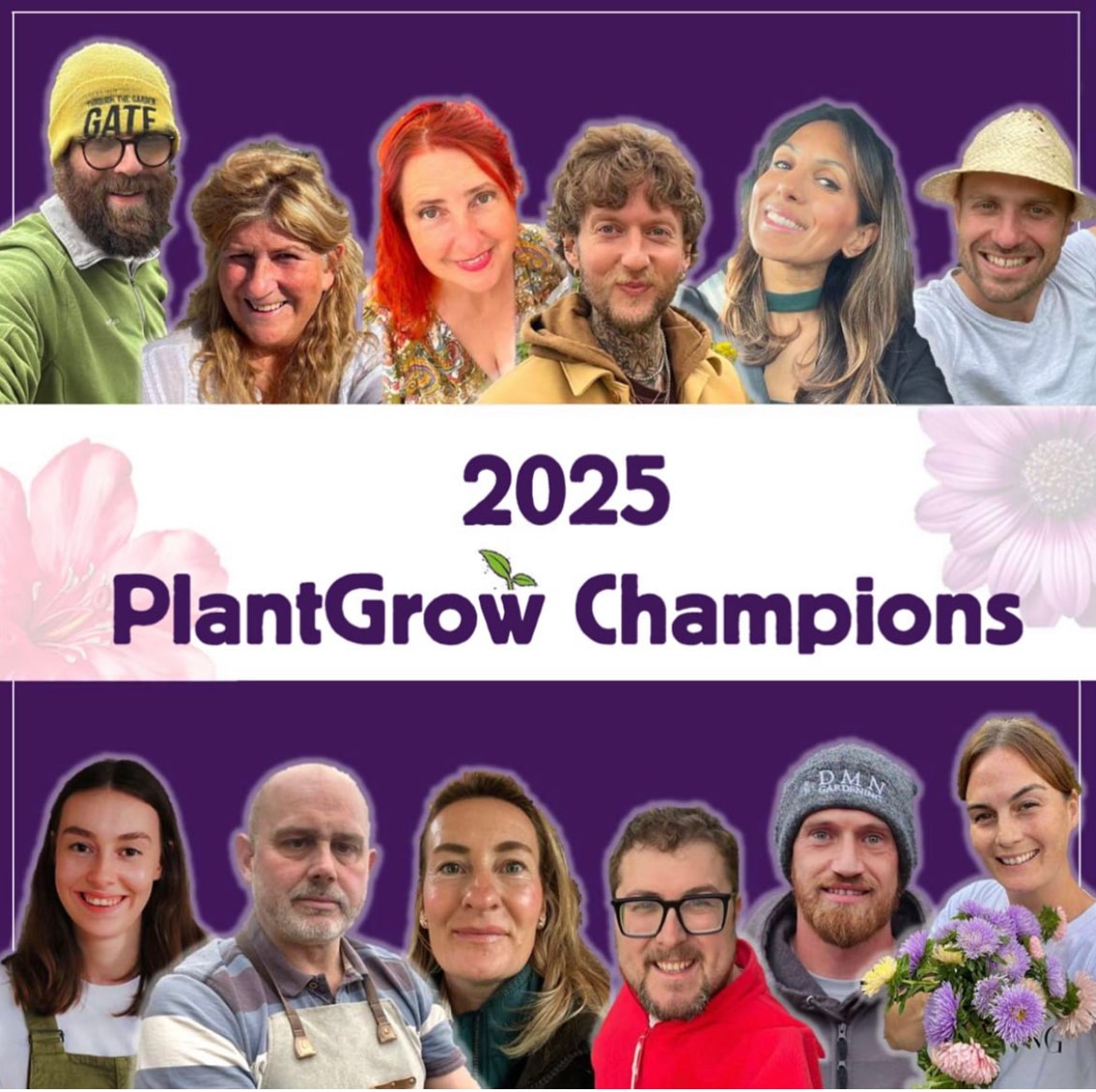
Our new Champions will be flying the flag for PlantGrow this year and all things natural. We have selected a varied group of individuals from
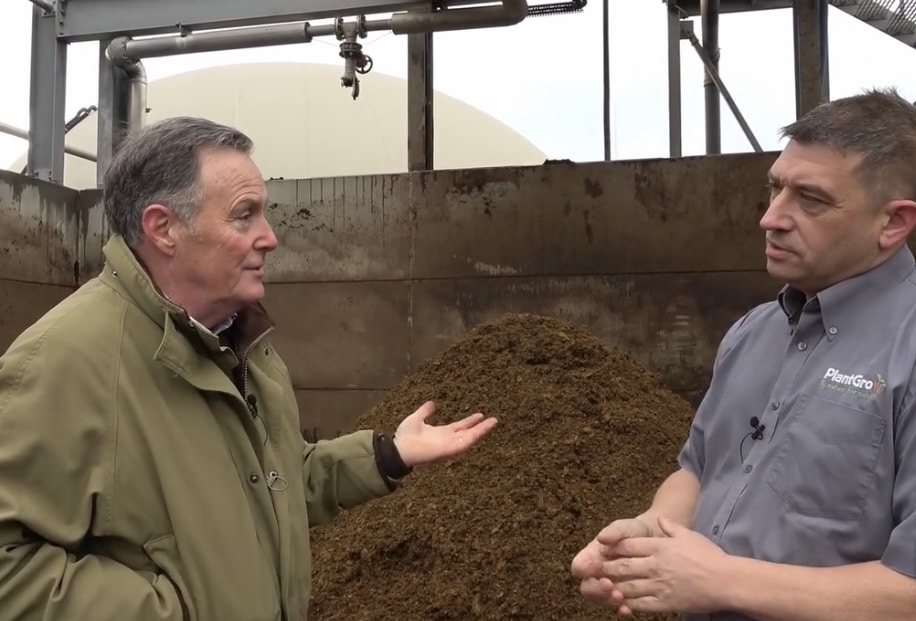
2025 is promising to be a busy year once again for us at PlantGrow with new brand ambassadors and a new list of ‘Champions’ who
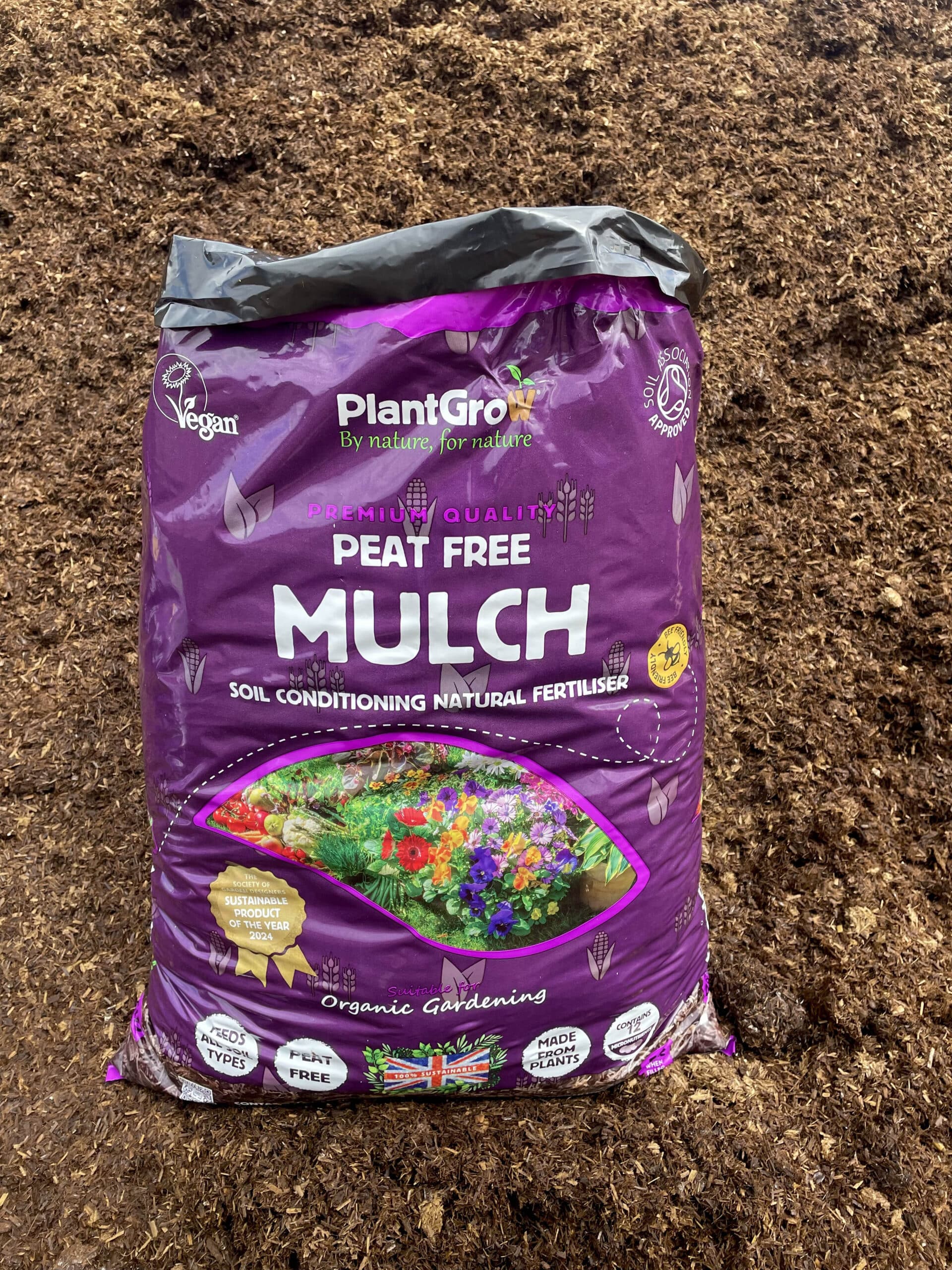
November 2024 Award-winning & market leading PlantGrow Organic Mulch will soon be available in 50-litre size bags for garden centres. Their signature natural fertiliser product
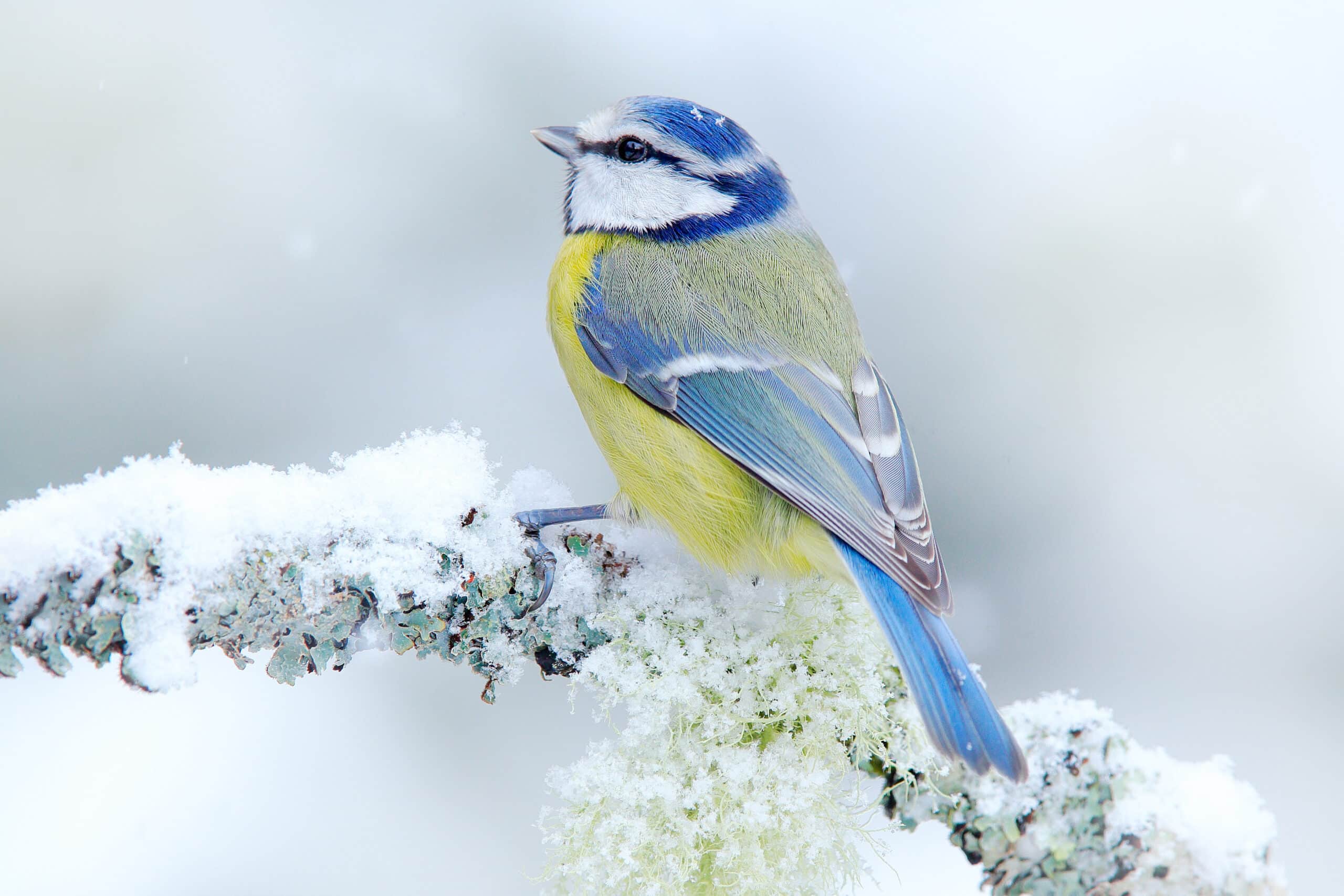
Late Autumn and the onset of Winter will trigger a notable change to the abundance, behaviour and physical state of life within our gardens. With
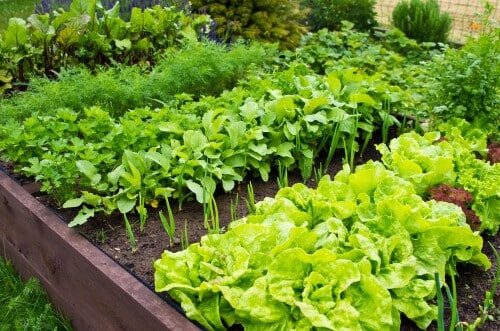
Why do you need to add PlantGrow mulch this Autumn? Mulching or topdressing is needed for a number of reasons as it is beneficial for
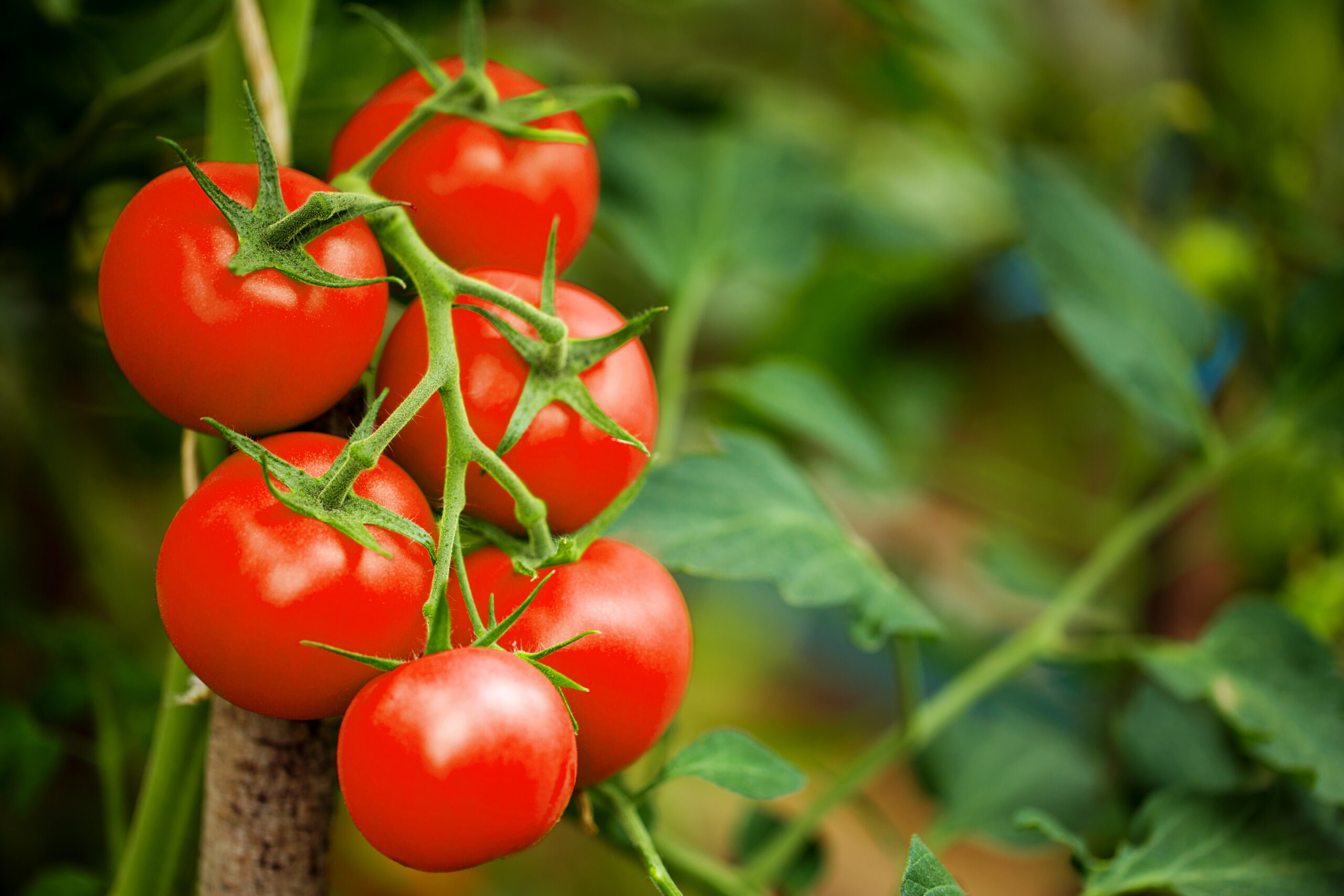
Q: Why should I use fertiliser on my fruits and vegetables? To help you get the most from your garden. Fertilisers supply your plants with

Meet our 2024 PlantGrow Champions PlantGrow Champions are a select group of Instagram growers who use PlantGrow in their gardens. Each one was individually chosen for
| Cookie | Duration | Description |
|---|---|---|
| _savt | 3 years | This cookie is set by Square for payment processing. |
| cookielawinfo-checkbox-advertisement | 1 year | Set by the GDPR Cookie Consent plugin, this cookie is used to record the user consent for the cookies in the "Advertisement" category . |
| cookielawinfo-checkbox-analytics | 11 months | This cookie is set by GDPR Cookie Consent plugin. The cookie is used to store the user consent for the cookies in the category "Analytics". |
| cookielawinfo-checkbox-functional | 11 months | The cookie is set by GDPR cookie consent to record the user consent for the cookies in the category "Functional". |
| cookielawinfo-checkbox-necessary | 11 months | This cookie is set by GDPR Cookie Consent plugin. The cookies is used to store the user consent for the cookies in the category "Necessary". |
| cookielawinfo-checkbox-others | 11 months | This cookie is set by GDPR Cookie Consent plugin. The cookie is used to store the user consent for the cookies in the category "Other. |
| cookielawinfo-checkbox-performance | 11 months | This cookie is set by GDPR Cookie Consent plugin. The cookie is used to store the user consent for the cookies in the category "Performance". |
| CookieLawInfoConsent | 1 year | Records the default button state of the corresponding category & the status of CCPA. It works only in coordination with the primary cookie. |
| elementor | never | This cookie is used by the website's WordPress theme. It allows the website owner to implement or change the website's content in real-time. |
| viewed_cookie_policy | 11 months | The cookie is set by the GDPR Cookie Consent plugin and is used to store whether or not user has consented to the use of cookies. It does not store any personal data. |
| Cookie | Duration | Description |
|---|---|---|
| _GRECAPTCHA | Session | Spam prevention |
| _hjSession_* | 30 Minutes | A cookie that holds the current session data. This ensures that subsequent requests within the session window will be attributed to the same Hotjar session. |
| Woocommerce_cart_hash | 1 Day | To store items in cart |
| Woocommerce_items_in_cart | Session | Store items in cart. |
| Wordpress_logged_in_ | Session | WordPress |
| Wordpress_sec_* | 15 Days | To provide protection against hackers, store account details. |
| Wp_woocommerce_session_* | Session | Store performed actions. |
| Cookie | Duration | Description |
|---|---|---|
| _hjAbsoluteSessionInProgress | 30 Minutes | Hotjar sets this cookie to detect the first pageview session of a user. This is a True/False flag set by the cookie. |
| _hjAbsoluteSessionInProgress | 30 Minutes | Hotjar sets this cookie to detect the first pageview session of a user. This is a True/False flag set by the cookie. |
| _hjSessionUser_* | 1 Year | Hotjar cookie that is set when a user first lands on a page with the Hotjar script. It is used to persist the Hotjar User ID, unique to that site on the browser. This ensures that behavior in subsequent visits to the same site will be attributed to the same user ID |
| CONSENT | 2 years | YouTube sets this cookie via embedded youtube-videos and registers anonymous statistical data. |
| Cookie | Duration | Description |
|---|---|---|
| VISITOR_INFO1_LIVE | 5 months 27 days | A cookie set by YouTube to measure bandwidth that determines whether the user gets the new or old player interface. |
| YSC | session | YSC cookie is set by Youtube and is used to track the views of embedded videos on Youtube pages. |
| yt-remote-connected-devices | never | YouTube sets this cookie to store the video preferences of the user using embedded YouTube video. |
| yt-remote-device-id | never | YouTube sets this cookie to store the video preferences of the user using embedded YouTube video. |
| Cookie | Duration | Description |
|---|---|---|
| cookielawinfo-checkbox-tracking | 1 year | No description |
Parcel deliveries
We aim to deliver all parcels within 2-4 working days from dispatch, order before 12:00pm for same day dispatch.
Pallet deliveries
We aim to deliver all pallets within 2-5 working days from dispatch, order before 12:00pm for same day dispatch.
If you require further information regarding your delivery, please email daniel@plantgrow.co.uk
